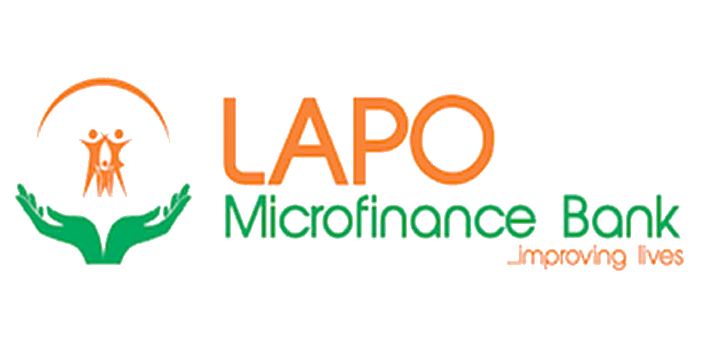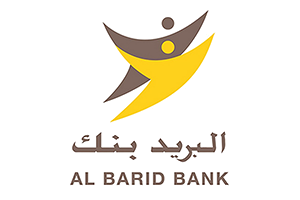Scale2Save Campaign
Micro savings, maximum impact.
Low-income segment demands it, Scale2Save report says
The following piece by WSBI Director for the Scale2Save programme Weselina Angelow .
People always look for the best deal. That’s certainly the case when it comes to Africa’s low-income population. They search for customer-centric banking services that work for them. Financial service providers (FSPs) understand this and try to keep pace. Oftentimes it seems banks struggle to connect right product with right person. The question is “why?”
In findings from the new research from WSBI’s Scale2Save programme, FSPs have taken different paths to meet market need. In fact, their service offerings differ considerably across countries, especially for low-income people, a segment increasingly viable for their operations. Despite their best efforts and growing appetite to serve them, customer-centric product design remains a challenge.
Customers warm up to customer centric products and services designed by banks. In fact, 37 FSPs in Africa surveyed in a research commissioned by Scale2Save – a partnership initiative between the World Savings and Retail Banking Institute (WSBI) and the Mastercard Foundation, are responding with new accounts, products and different fee structures. Surveyed FSPs are hosting about 12% of Africa’s retail bank accounts and 26% of accounts in countries covered by the survey. Their efforts to win new customers, however, too often fail to appeal, and accounts lapse into inactivity.
Getting customer centricity working depends on a lot of factors. For example, some surveyed FSPs think that cost is as important as convenience or is becoming so, others highlight product design as something they think is important to meet customer needs. They also emphasise flexibility of deposits (convenience), and appreciation of market needs. Markets face different ground rules to enable financial services for low-income people. There are diverse ways to coordinate approaches and enable environments.
Despite the differences, financial inclusion in Africa overall is on the rise with mobile money driving it but access gaps remain and that is no different for the African markets surveyed. At the same time, uptake and productive use of financial services still have a long way to go. Low levels of income and economic activity at the bottom of the pyramid remain constraining factors. It is difficult to determine the positive impact of increased financial inclusion but we hope to believe that financial services improve resilience of low-income households and that WSBI members in Africa substantially contribute to it.
Sharpened focus on customers, who see mobile banking upside
The latest data show that FSPs have sharpened their focus on customers. The number of accounts offered by the 21 WSBI members surveyed surged by 24% from 2017 to 2018. Meantime, the savings products tally jumped 27%. Despite this double-digit growth, disappointingly low account activity persists. Only 43% of transaction accounts are active.
Respondents – both WSBI member and non-WSBI member banks – see many advantages to mobile banking. Non-members appear sanguine on deploying roving agents, the channel of choice to reach the unbanked, drive account growth, and put downward pressure on fees that cost-conscious customers shun.
As banks stay bullish on digital, bankers who responded to our survey see aactivity rates persistently low as only 17% of mobile banking accounts remain active. Digital payments use keeps expanding, but still hasn’t swept away cash-based transactions and payments. Cash is still king with African member banks. But as digital is on the rise, a marked fall ensures in new bank branches and ATMs deployment. This is expected considering the emphasis placed on alternative distribution channels.
Mobile money: Mismatch for less digitally, financially literacy
Mobile money offerings, despite their convenience, seem a mismatch for customers with limited digital and /or financial literacy levels. FSPs reported to us how rrelatively low levels of client financial literacy result in low product usage, typically lower than transactional bank accounts. That surprised us.
Many experts in the financial inclusion field have witnessed first-hand the problems that emerge with design and fit. But Africa always seems to come up with creative ways to remedy it. Take countries like Kenya: there, digital and mobile thrives while agent banking focus intensifies. But it goes beyond there, as we observed banks across the continent setting up and broadening banking agent networks. Our research concluded that FSPs without suitable agent networks plan to acquire, expand or share such networks. Doing so allows them to better compete in the market and drive down costs.
As programmes like WSBI’s Scale2Save aspire to help make small-scale savings work, experts critical of pricing schemes for low-income people have a point. Banks are only partly listening. In fact, we see a discernible shift away from account opening fees, with a view to boost usage which derive revenue from transactional activity, but also more ledger fees that derive revenue from account acquisition. Evidence emerging within the sector supports the validity of the first approach, although greater use of ledger fees still hampers account up-take.
African banks must re-think business models to compete in the low-income market
There’s a saying that successful companies “change their best”. That means change that improves performance. Financial service providers in Africa need to do it too. They see value in serving low-income people, to be sure, but need to overhaul their business models in an increasingly cost-competitive environment.
To reach low-income people better, FSPs must research markets, taking pains to find opportunities while grasping better what different market segments need and tailor products accordingly. FSPs need to optimise processes and boost digitisation, sometimes via partnerships which can help pare down operating costs.
When banks transform themselves, a true opportunity takes hold as customers enjoy lower costs and enjoy a product that fits their needs, and in the best case, contribute to people’s resilience and improve their wellbeing. That’s a good deal and the double bottom line that the WSBI movement has always meant to strive for.
Scale2Save
13/10/2023
Savings and Retail Banking in Africa 2022 WSBI survey of Financial Inclusion for micro, small and medium-sized enterprises (MSMEs)
The Savings and Retail Banking in Africa report aims to help improve access to financial services for financially
25/09/2023
WSBI as a catalyst for unlocking the potential of female entrepreneurs
13 October 2023, 9.30am-12pm Hôtel Du Golf Rotana Palmeraie, Marrakech I Morocco
18/09/2023
WSBI’s MD Peter Simon opens the G20 side event panel “Gender equity and SME financing in a digital landscape” at the SME Finance Forum in Mumbai
The World Savings Bank Institute (WSBI-ESBG), with the substantial support of its Indian member, the State Bank of India
01/03/2023
The State of Savings and Retail Banking in Africa
The WSBI has conducted two research reports tracking the progress of retail and savings banks in their financial inclusion efforts across Africa (2018, 2019).
22/02/2023
Driving Formal Savings: What Works for Low-Income Women?
While financial inclusion is expanding globally, the gender gap in access to financial services and products persists
19/12/2022
What a journey it has been!
Between 2016 and 2022 Scale2Save financially included more than 1.3 million women, young people and farmers in Kenya, Uganda, Nigeria, Morocco, Senegal and
14/12/2022
The financial diaries revealed useful insights into young people’s savings, spending and income behavior
It examines their experience in respect to financial inclusion, support structures and opportunities for young entrepreneurs
09/12/2022
The Power of Community-Based Organizations to Mobilize Farmers’ Savings
In Ivory Coast, the world’s largest cocoa producer, cocoa is harvested twice a year, in May-June and in October-December. Between seasons, most smallholder farmers do not generate revenue
15/11/2022
How Can Small Scale Savings Be Offered Sustainably?
Learnings from the Scale2Save Program on successful business and institutional models
15/11/2022
Application of CGAP Customer Outcomes Framework in Uganda
This case study by WSBI's Scale2Save programme applied the CGAP customer outcome indicator framework to test the impact of a new basic savings product positioned in the financial inclusion market and…






























